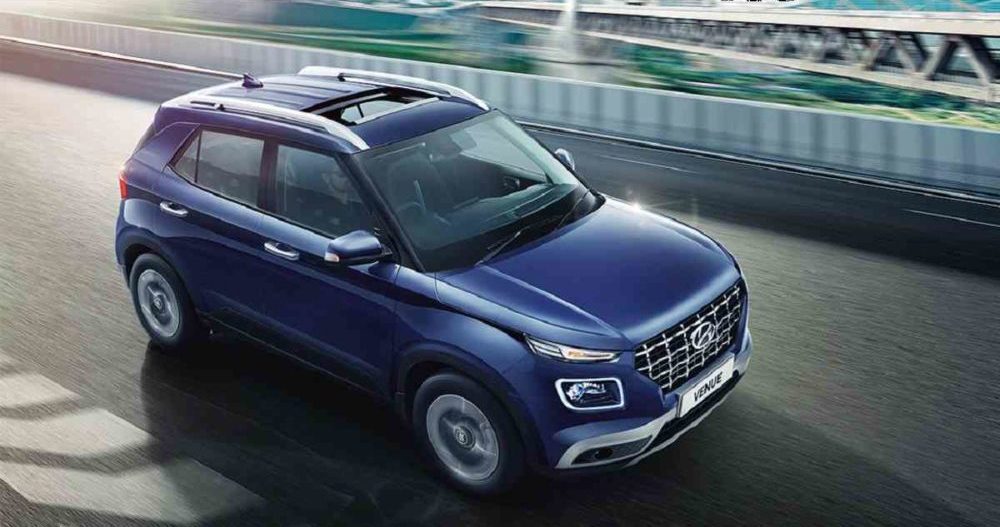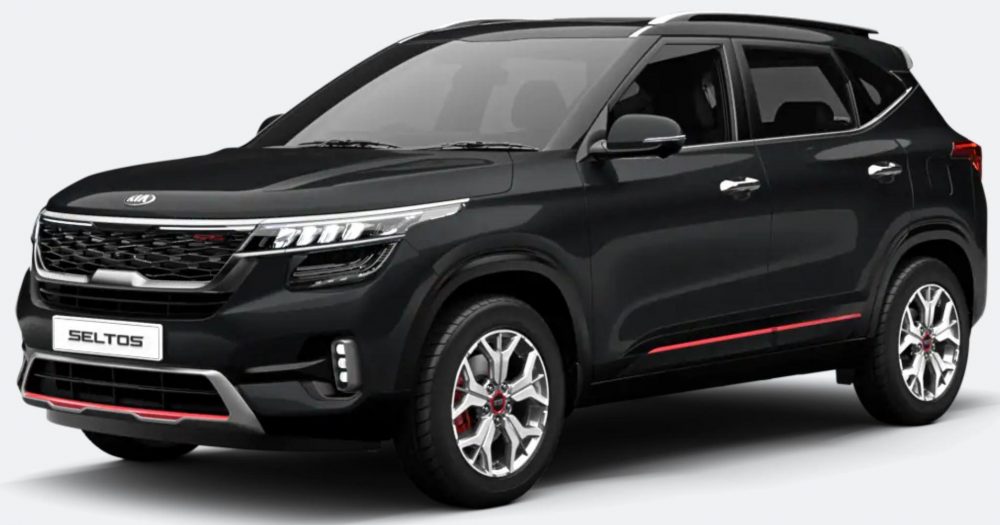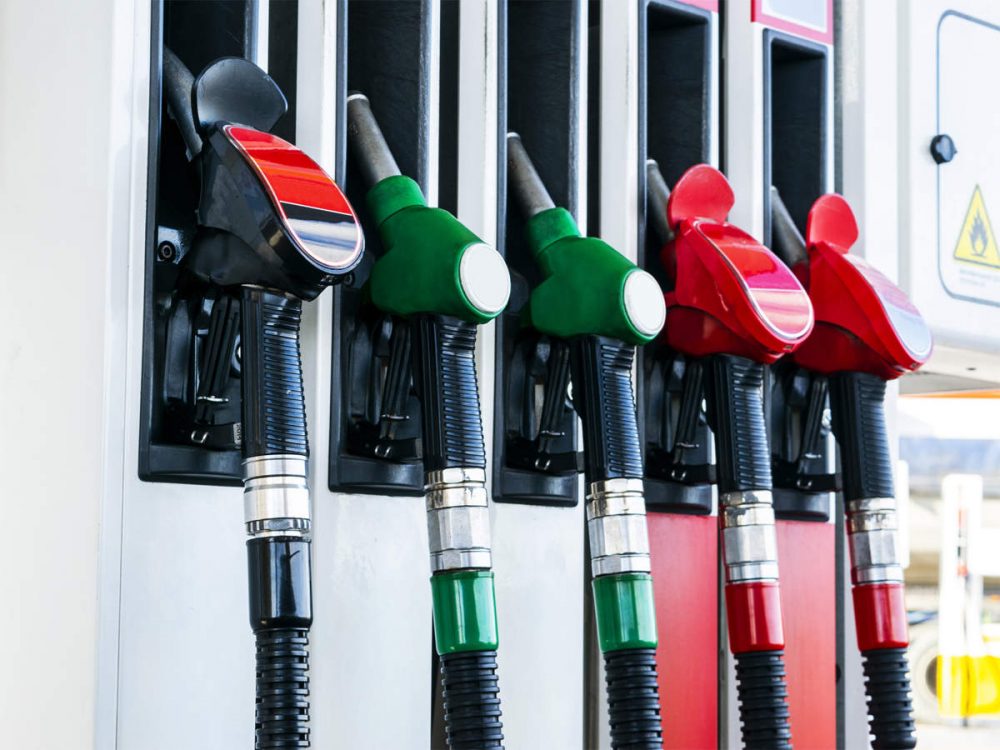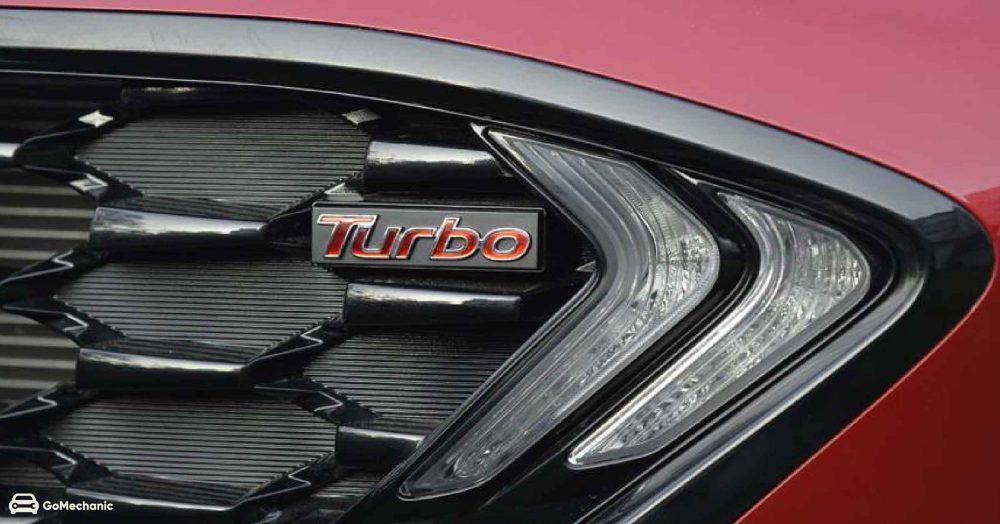There was a time when turbos were exclusive to the diesel engines with only a few sports cars or top performance cars having a turbo-petrol mill. But as 2020 started, we saw plenty of cars with turbo-petrol engines rolling out of the factories of carmakers. What has led to the sudden outburst of these turbos? And especially what has made it possible for the small turbos to rule the market? Let’s find out.
BS6 Emission Norms
You must have heard a lot about the BS6 emission norms. These norms are meant to reduce emissions from cars. The bigger diesel and petrol engines are meant to have more emissions than those prescribed in these norms. This means that if the displacement of the engines is to be reduced, the power figures were going to get affected too. Therefore, the carmakers had to come up with a solution.

Hyundai was one of the first to introduce the turbo-petrol engines to its lineup with the introduction of Venue last year. Turbo-petrol simply meant that the engine size could be kept small. But being turbocharged, these engines are able to deliver higher power figures. So, I see this as a win-win situation and so do the companies.

New entrants such as Kia and MG Motors also offered their cars with turbo-petrol engine options. Thus, the market was already heated enough. Cars from these manufacturers being new in the market received a wide welcome. The turbos were spooling up.
Tata Motors also joined the turbo-petrol shift with its Revotron engines which power the likes of Nexon. Soon many companies joined the league.
And then there were few like Maruti and Toyota which were not ready to switch to the new engines and opted their hybrid engines to tackle the situation of emission compliance. They also chose to discontinue the diesel engines.
The Price Difference

There was a time when the price difference between the Diesel and Petrol used to be huge, like around ₹30-35 per litre. So people used to prefer diesel vehicles over petrol vehicles. But nowadays, petrol and diesel rates are not much different. So people started preferring petrol vehicles due to lower maintenance costs. But then, there was one problem, the power. This is why companies have come up with turbo-petrol engines that have increased power, good fuel efficiency and low emissions when compared to the naturally aspirated petrol engines or the diesel engines.
Also, the prices of cars have significantly increased, especially for diesel cars, all thanks to the BS6 upgrade. So, if a person gets better power figures at relatively lower costs, then why not?
These are the major reasons that the companies started to shift their focus towards the turbo-petrol engines. But what caused the customers to shift too? Let’s find out.
Must read: BS6 (Bharat Stage 6) | Explained
Really, Do we need to answer that?

It is simply the higher power figures, the turbo spooling and low price that has led a wave of customers choosing turbo-petrol cars over the other ones. The youth buyers will definitely prefer a powerful alternative and will also keep in mind to keep the environment safe too.
So, the turbo-petrol cars surely seem to have taken the market by storm leading in every segment, be it the sedans or the compact SUVs. What’s your take on the turbocharged engines? Will you prefer to buy one or will you stick to the naturally aspirated ones? Let us know in the comments section below.
Have a look: Top 5 Turbo Petrol SUVs to look out for, Under 20 lakhs in India






Nexon was the first car which introduced Petrol Turbo engine not Venue.
Correct your facts.
Hi Prateek,
Hyundai Venue was the first BS6 compliant car to get the turbo-petrol engine. Thanks for pointing out though!
My vote goes to TURBO 😉
Your article does not extensively speak about advantages which Turbo Charged engines offer over naturally aspirated engines like fuel efficiency or power (quantitative figures).
Hi Anuj,
Where the turbo petrol engines do provide an advantage in power, they in no terms are more fuel-efficient than their naturally aspirated counterparts with similar power specs. Meaning, turbo petrol engines more or less have the same mileage figures.